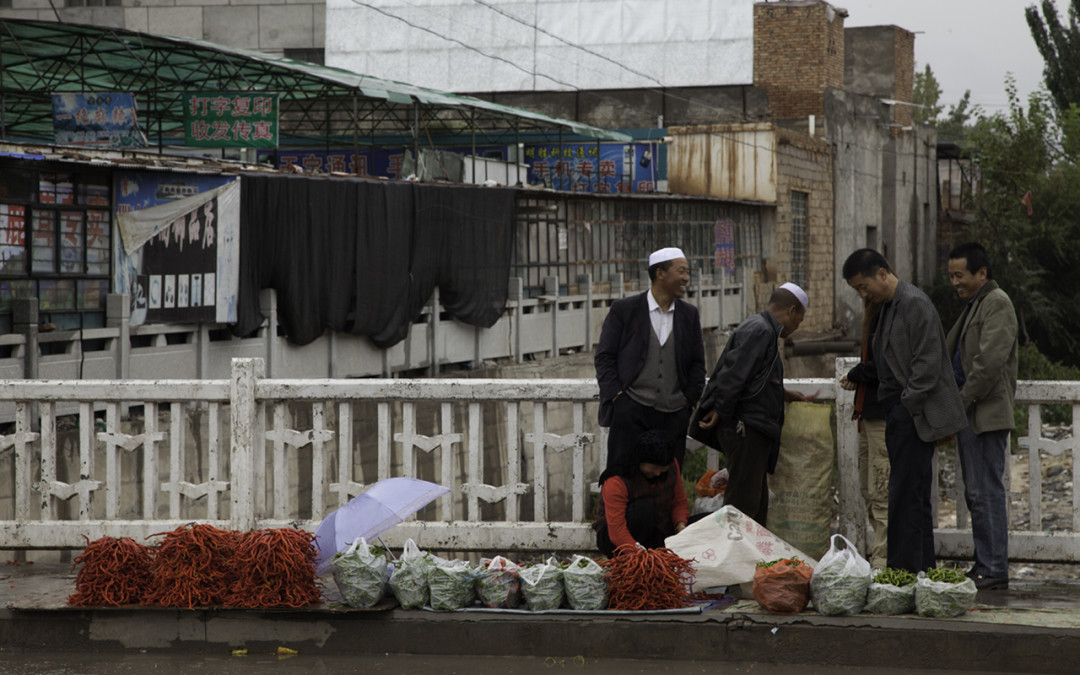

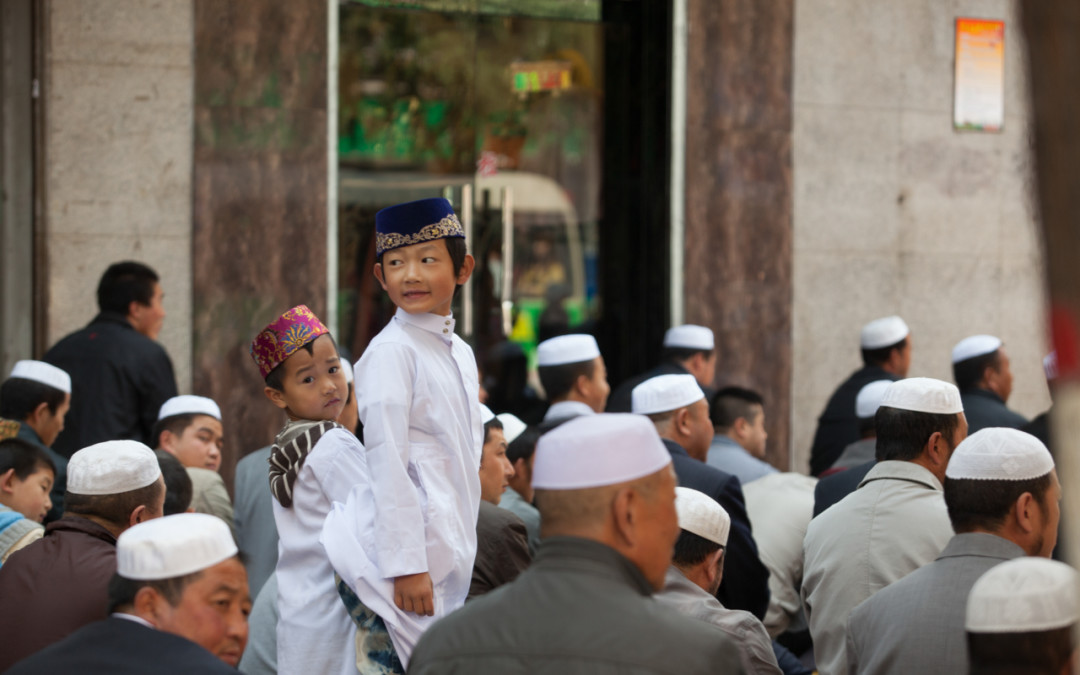
Eid al-Adha – The Festival of the Sacrifice
Hours before sunrise Mr. Ma, his father, grandfather, and 4-year-old son, Ibrahim, all rise and get dressed. Winter has almost arrived so they pull on their warmest long underwear before slipping into their finest clothes. Mr. Ma slips on black dress pants, a new white shirt and a nice grey sports coat. His son has received new clothes for this special day. He has a new white outfit that resembles traditional Muslim clothing with a colorful prayer cap (skull cap). The Ma men leave their mud brick home and walk down to the local village mosque where they find a tour bus waiting.
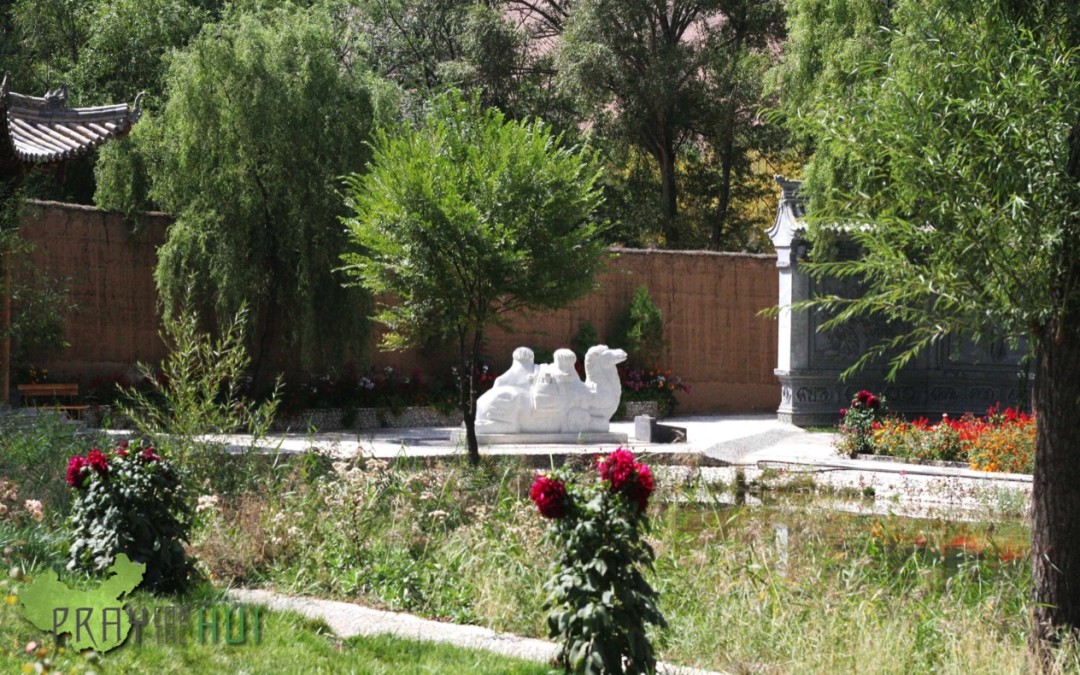
Day Five: The Salar People
In the Eleventh Century, two brothers led a group of Salar people from the Oghuz Turks tribe, fleeing from persecution in their hometown in Samarkand, which is located in today’s Uzbekistan. As they searched the desert for a new place to settle, the group suffered great hardships, but they all believed Allah would guide them to their final destination; these people were all Muslims.
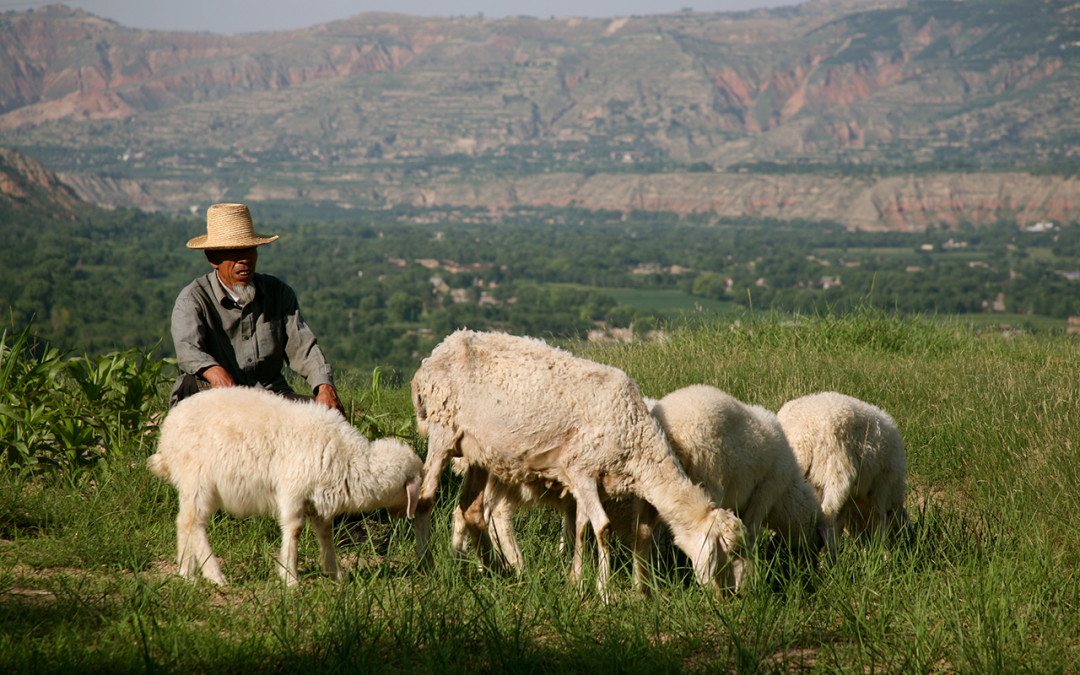
Learning about Islam while driving through countryside
We were driving through the countryside with a Salar woman and her 7-year-old daughter to visit her family in her hometown. Along the way we passed through small villages and found it fascinating that they alternated between Muslim villages and Tibetan villages. The Tibetan villages were obvious with their brightly colored prayer flags flapping in the wind, while in the Muslim villages the minaret could often be seen from the main highway.
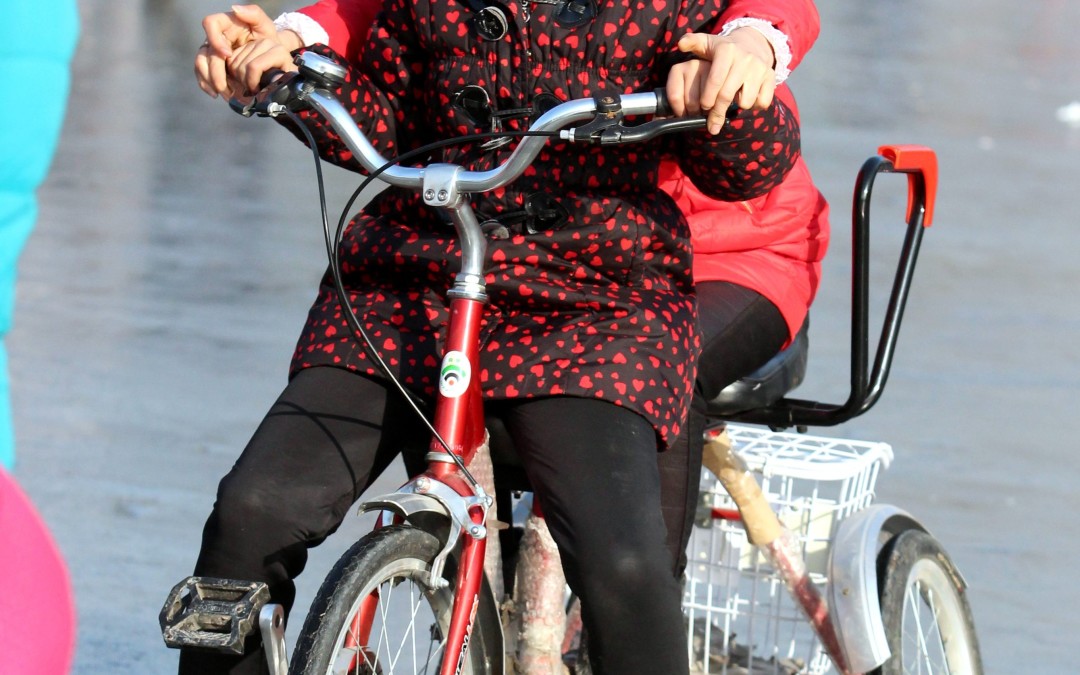
The Challenges Shifa Faces Being Born a Girl with a Genetic Disability
Shifa is the spunkiest six-year-old you would ever meet, but she was born with two strikes against her. First, she was born a girl. This means she cannot carry on the family name and so she is not as valuable as a boy. Second, she was born with a genetic disorder which requires constant medical care.
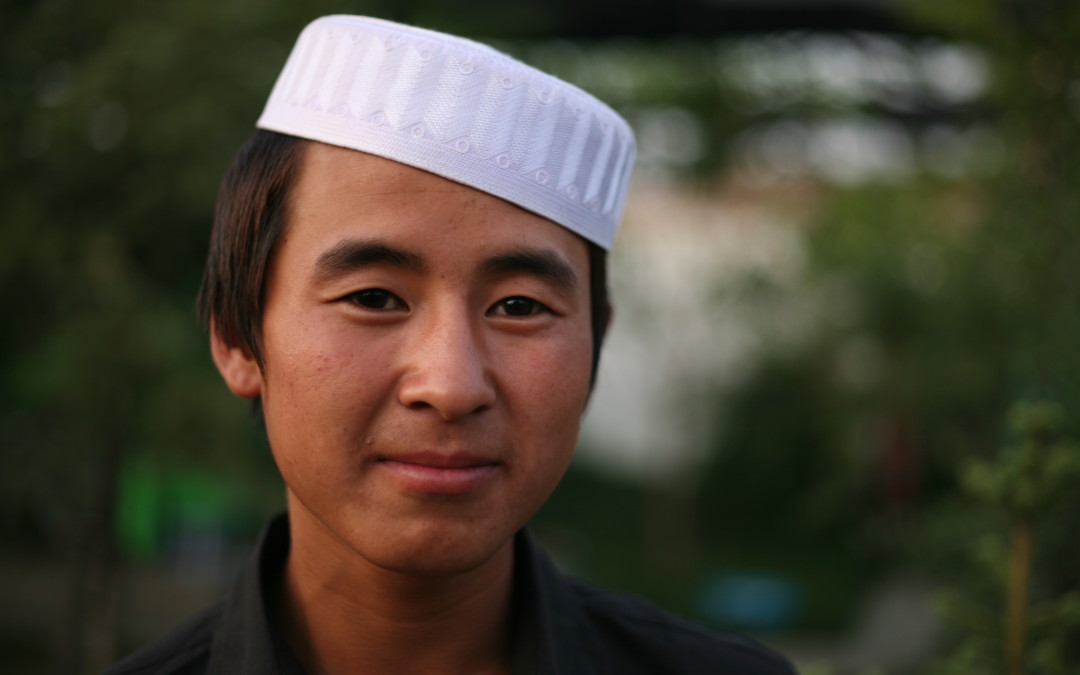
Xiao Ma’s Desire to Learn More About Jesus
All my life I have never considered there was another option besides being Muslim. My dad is Salar. My mom is Hui. As far as Salar and Hui people are concerned, Islam is the only faith. To be Hui or Salar is to be Muslim. Growing up, I learned how to worship at the mosque and follow many rituals. However, there is much about Islam that I did not learn.
